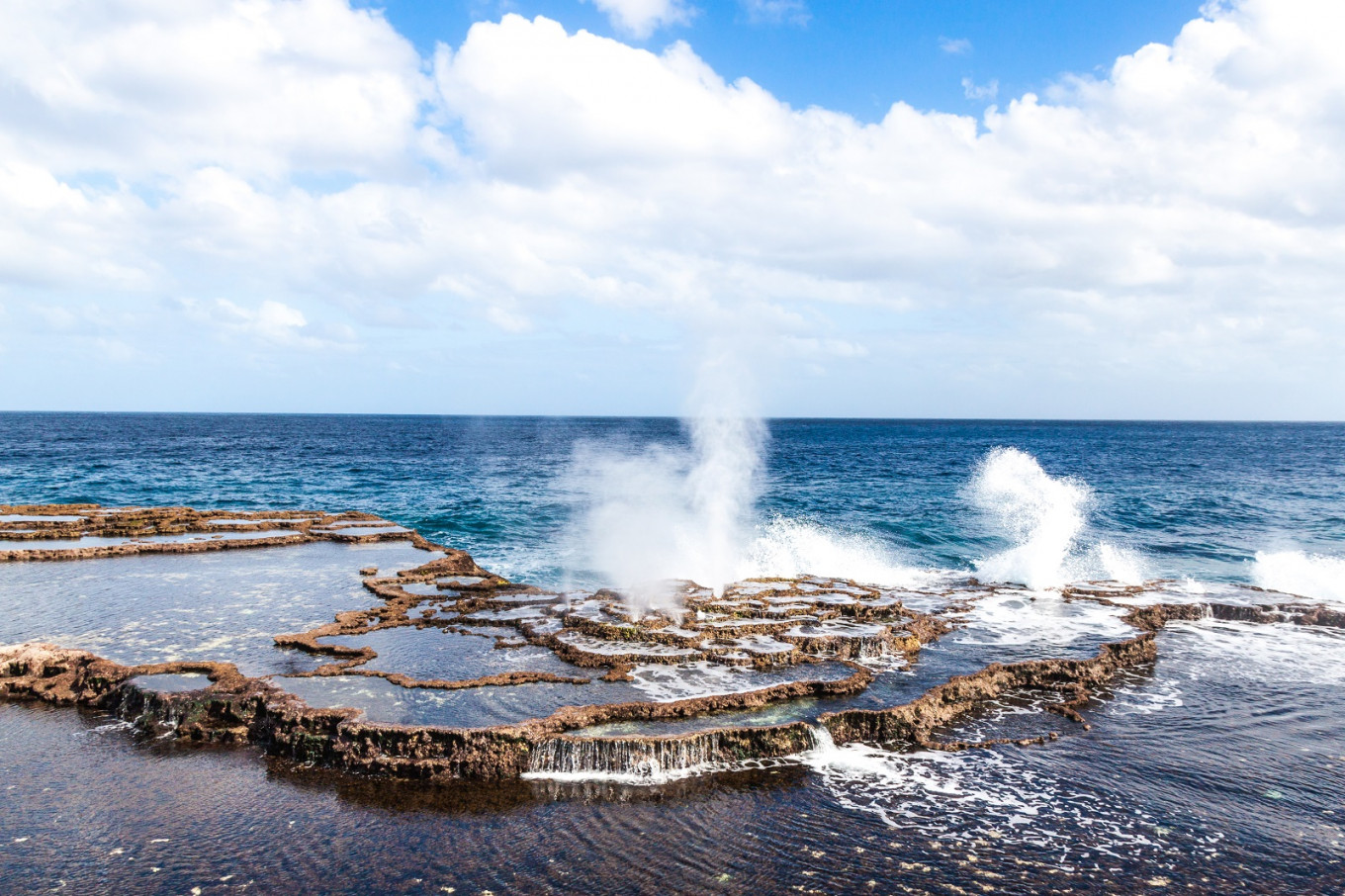Popular Reads
Top Results
Can't find what you're looking for?
View all search resultsPopular Reads
Top Results
Can't find what you're looking for?
View all search resultsTattooing kit found in Tonga world's oldest: Aussie researchers
Change text size
Gift Premium Articles
to Anyone
A
ustralian researchers, using radiocarbon dating, have verified that a traditional tattooing kit discovered in Tonga over 50 years ago dates back 2,700 years, making it the oldest to be found anywhere in the world.
The researchers from the Australian National University and Griffith University, the first to closely study the artifacts, also discovered that some of the intricate, comb-shaped tools were likely made from human bones.
Geoffrey Clark, an associate professor at the Australian National University, said bone tattoo combs are a "very specific type of technology found across Oceania."
"This discovery pushes back the date of Polynesian tattooing right back to the beginnings of Polynesian cultures around 2,700 years ago," he said in a statement.
The tattooing kit was excavated by Australian archaeologists in 1963 and included four narrow combs and an ink pot, which has since been lost.
Read also: Skeletons unearthed in giant UK train line excavation
Two of the four combs were made from the bones of a large seabird, while the other two are made from the bones of a large mammal, most likely human.
"As there were no other mammals of that size on the island at the time, and human bone is known to be a preferred material for making tattooing combs, we believe they are most likely made from human bone," said Griffith University researcher Michelle Langley, who was the other researcher in the study.
Langley said it was "exceptionally rare" to discover such early tattooing implements, and that the discovery shows modern tools are almost identical to those used thousands of years ago.
"The actual tool itself -- the comb shape and the way it's used -- hasn't changed much, and that's why this find is so interesting. These ancient tools continue to be used today," she said.
Clark and Langley published their findings in the Journal of Island and Coastal Archaeology on Friday.











